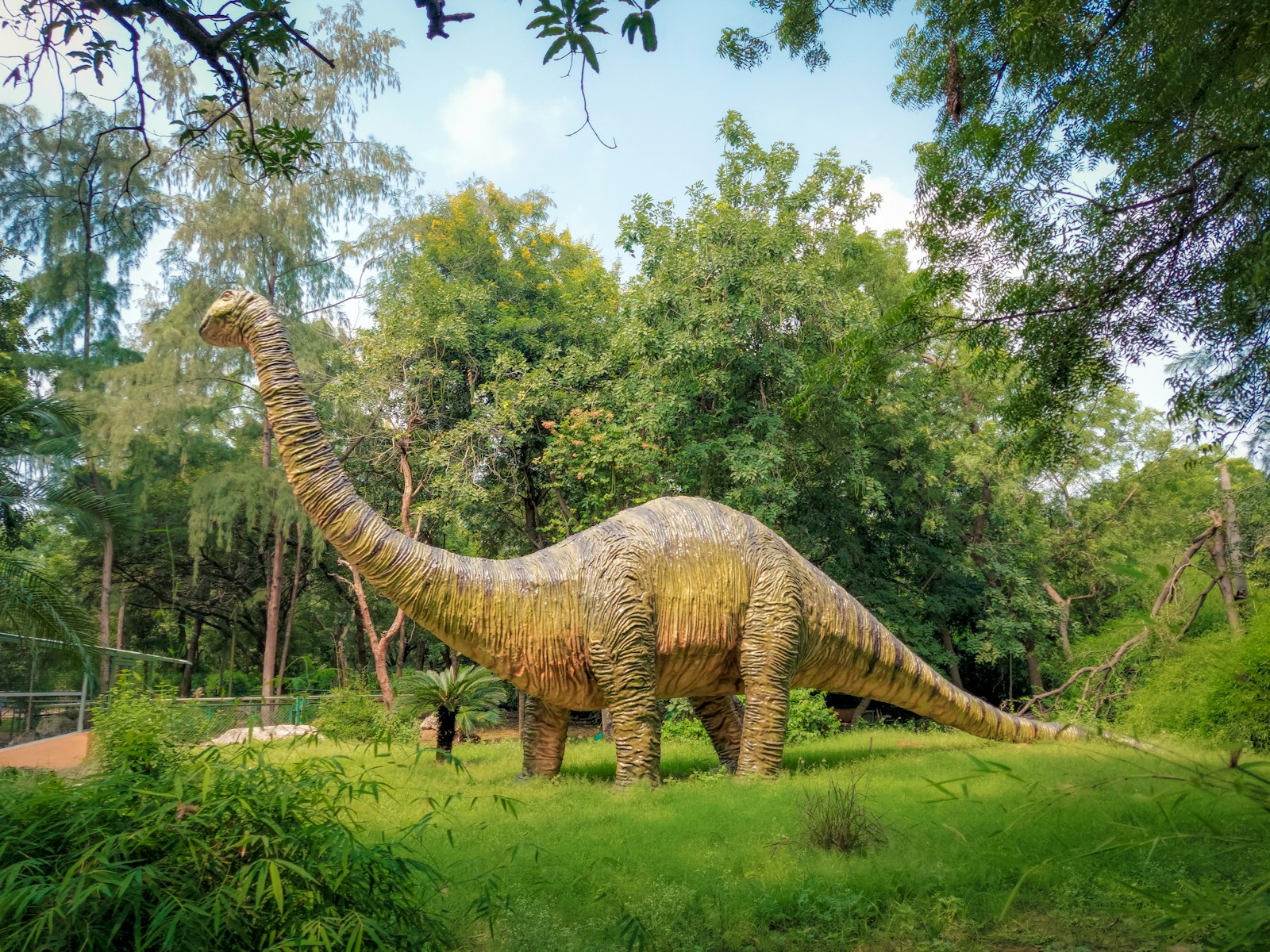Unraveling the Mystery of Earth’s Prehistoric Giants
Dinosaurs, the majestic creatures that once roamed the Earth, captivate the imagination with their colossal size, diverse forms, and mysterious disappearance. For over 160 million years, dinosaurs dominated the planet, evolving into a wide array of shapes and sizes, from the towering sauropods to the swift and agile raptors. Yet, around 66 million years ago, their reign came to an abrupt end in one of the most catastrophic events in Earth’s history.
The Mesozoic Era, often referred to as the “Age of Dinosaurs,” spanned from approximately 252 to 66 million years ago and is divided into three periods: the Triassic, Jurassic, and Cretaceous. During this time, dinosaurs diversified and thrived in various ecosystems across the globe. They adapted to different environments, from lush forests to vast deserts, becoming apex predators, herbivores, and everything in between.
The most widely accepted theory regarding the extinction of non-avian dinosaurs proposes that a catastrophic event occurred at the end of the Cretaceous Period, known as the Cretaceous-Paleogene (K-Pg) extinction event. This event, which occurred approximately 66 million years ago, marked the end of the Mesozoic Era and paved the way for the rise of mammals and birds.
The leading explanation for the K-Pg extinction event is the impact hypothesis, first proposed by Luis Alvarez and his colleagues in the 1980s. According to this theory, a massive asteroid or comet collided with Earth, creating a crater known as the Chicxulub crater on the Yucatán Peninsula in Mexico. The impact released an immense amount of energy, triggering wildfires, tsunamis, and global climate changes. The resulting dust and debris clouded the atmosphere, blocking sunlight and causing a dramatic drop in temperature, known as an impact winter.
While the impact hypothesis is widely accepted, researchers continue to explore other potential contributing factors to the K-Pg extinction event. These include volcanic activity, sea level fluctuations, and gradual climate change. Additionally, some scientists propose that a combination of factors, rather than a single catastrophic event, led to the demise of the dinosaurs.
Although non-avian dinosaurs perished in the K-Pg extinction event, some groups of organisms managed to survive and thrive in the aftermath. Birds, which are believed to have evolved from theropod dinosaurs, are the only living descendants of this once-diverse group. Mammals also benefited from the extinction event, eventually evolving into the dominant land animals.
The extinction of non-avian dinosaurs marks a pivotal moment in Earth’s history, reshaping ecosystems and paving the way for the rise of new life forms. While the exact cause of their demise remains a subject of ongoing research and debate, the study of dinosaurs and their extinction continues to provide insights into the dynamic and interconnected nature of life on our planet.

